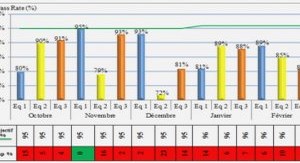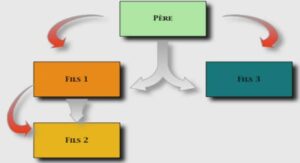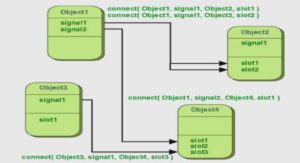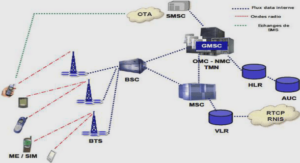Traitement phytosanitaire des arbres par
micro-injection
Risks related to trunk injection
Risks for trees
By creating a hole in bark and in the sapwood, injection involves some risks for tree health. Aćimović et al. (2016) compared drill- and needle-based tree-injection techniques to investigate port closure, bark cracking and callus formation in apple trees. He showed that port closure took from one year to more than two years and that the lenticular port left by the blade healed fastest. Working in peach trees, Cooley et al. (1992) found no evidence of significant damage to the tree after two years but wounds were not closed by callus formation. Percival and Boyle recorded total wound closure by measuring callus formation at the end of the first growing season in apple trees and English oak (Percival and Boyle, 2005). Doccola et al. (2011) reported that green ash grew over 80% of the injured vascular system in two years with no signs of negative impacts on tree health. However, wound closure is only one aspect of many physiological responses of trees. Visual observations of the external wound left by injection showed trunk splitting, bark separation, fluxing of sap, and in the inner tissues, wood staining and decay (Aćimović et al., 2016; Perry et al., 1991; Shigo et al., 1977). If high rates of chemicals are used, long term and permanent injuries may occur, including leaf yellowing or leaf death, or reduced fruit yield (Aćimović et al., 2016). Tree health and longevity may also be affected by the wound created by the Chapitre 1 : Introduction 25 injection, as the port is an entry point for pathogens and insects (Ferracini and Alma, 2008; Percival and Boyle, 2005; Perry et al., 1991). After injection, wounds are usually compartmentalized by walls that confine the injured tissues, and repeated injection over time can lead to a majority of occluded or walled vessels, making further injections impossible (Shigo, 1984; Shigo et al., 1977; Smith and Lewis, 2005). Numerous studies have reported no external symptoms of phytotoxic effects associated with trunk injection treatments (Fettig et al., 2013c; Grosman et al., 2010). However, fluxing of sap and bleeding can occur around the injection openings, which could be misperceived and considered unsightly in urban environment and therefore undesirable (Fettig et al., 2013c; Perry et al., 1991)
Risks for humans and the environment
When spraying methods are used, the main chemical risk is to the workers who do the spraying and who are exposed to high concentrations of agrochemicals. It is clear that injection limits that risk. However, workers can be exposed when handling the product, for example when preparing the spray, or by leaks during injection, especially when high pressure is used. On the other hand, the risks for consumers of the presence of the chemicals in food can be assessed in the same way as for conventional treatments. In fruit trees, it is crucial to use the optimal amount of the active substance that produces the necessary efficacy with residue levels in fruits below the maximum residue levels MRLs defined by authorities (Directive, 2009/128 CE). When acephate is injected into the avocado trunk to control thrips on young fruits, efficient concentrations are found in the fruits but residue levels are below the MRLs at harvest (Byrne et al., 2012). Similarly, when injected in the trunk before blossom, residues of abamectin, emamectin benzoate or imidacloprid in apples are below the U.S. MRLs at harvest, whereas they are still found in the leaves (Coslor et al., 2018b). Correct application may also prevent toxicity for pollinators exposed to agrochemicals, when sprayed, by contact from drift but also after spraying when pollinators are feeding on the target plant. Studies have shown that most of the residues end up in the foliage but some have been detected, at low levels, in flowers and fruits (Byrne et al., 2014, 2012; Coslor et al., 2018a; Hu and Wang, 2016; VanWoerkom et al., 2014; Wise et al., 2014). The timing of the injection can be used to control the levels of pesticide to insure residues are below the maximum permitted level in fruits. For direct control of fruit pests, the concentration must be sufficient to be effective against the pest while ensuring relatively low residues in the fruit at harvest.
Chapitre 1 : Introduction |




